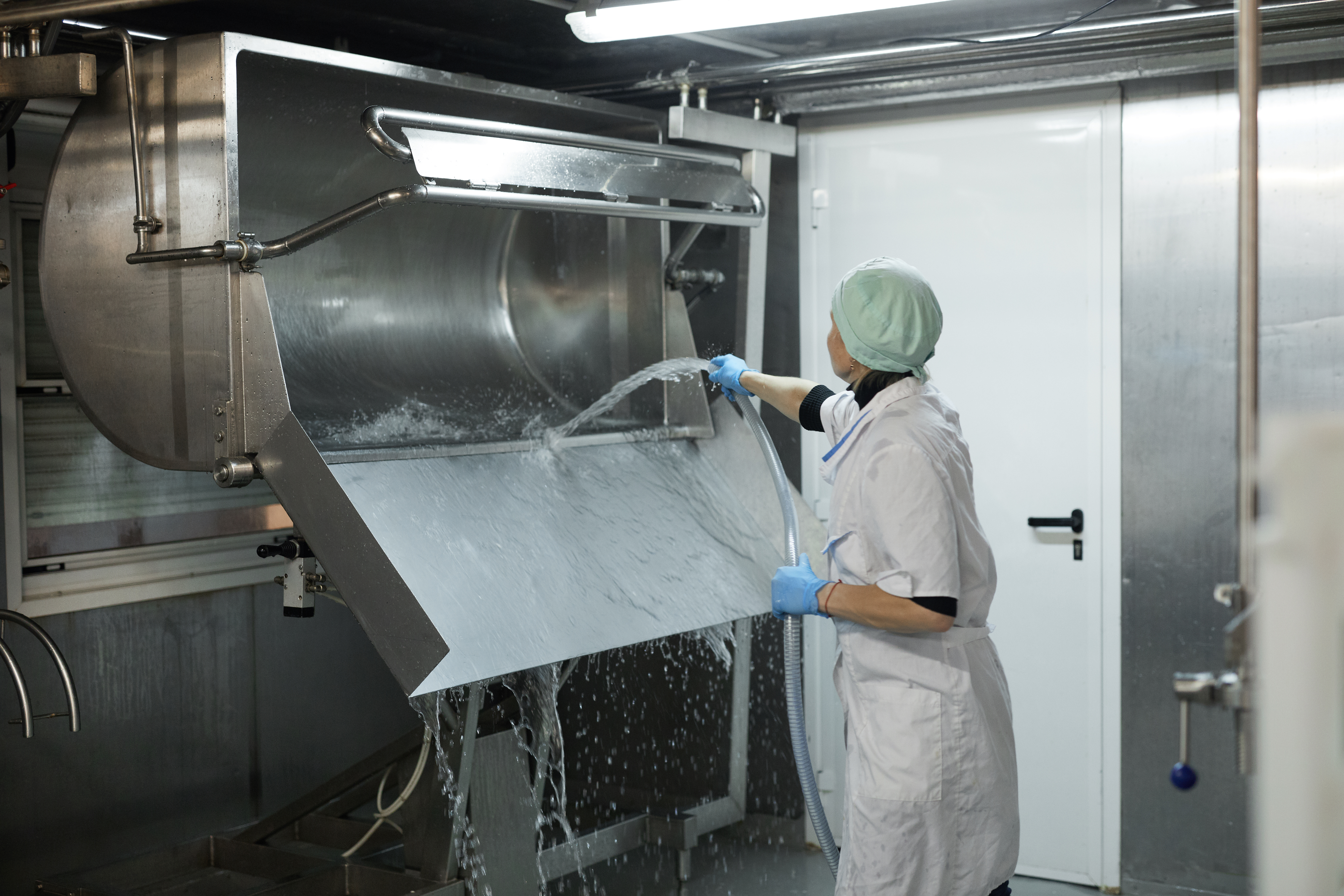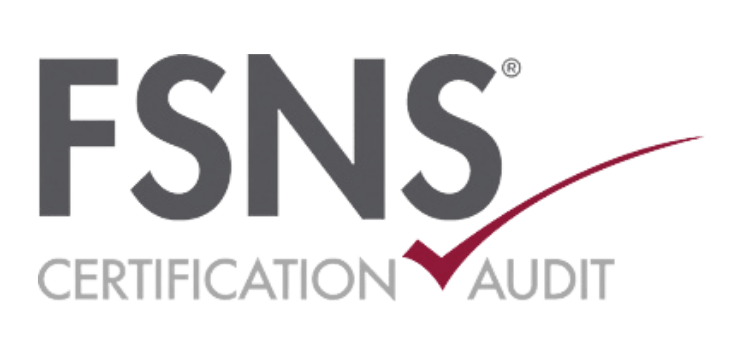Basic Steps of a GMP Audit
Know what to expect and how to prepare for a GMP audit before the auditor arrives on site. When compared to a GFSI certification, a GMP audit is relatively easier to pass, cost-effective, and can be completed in a day. If you pass a GMP audit, it indicates to your potential customers that you have a food safety program in place and helps build trust in your products and processes.
- Step 1: Opening meeting to document attendees and steps of the audit.
- Step 2: Document review of written materials.
- Step 3: Facility audit where auditor observes personnel, production process, and interviews staff.
- Step 4: Closing meeting to provide feedback and identify any violations.
- Step 5: Receive your final written report.
Download the checklist to uncover what the auditor will be looking for during your GMP audit.
Benefits of Passing a GMP Audit
To obtain common food-safety certifications like SQF, BRCGS, and FSSC 22000, it's necessary to comply with GMPs. This means that during an audit for SQF, BRCGS, or FSSC 22000, you need to show the auditor that your facility adheres to GMPs. In addition, many retailers require you to pass some kind of third-party food safety audit before they will do business with you. A GMP audit is perfect for many companies:

- Much easier to pass than a GFSI certification audit
- Less expensive than certification audits
- Typically only takes 1 day to complete
- Excellent for smaller start ups or “mom and pop” companies with limited resources
- Great entry into the world of food-safety certifications if you want to eventually progress to a GFSI certification
- Demonstrate your commitment to food safety to customers
